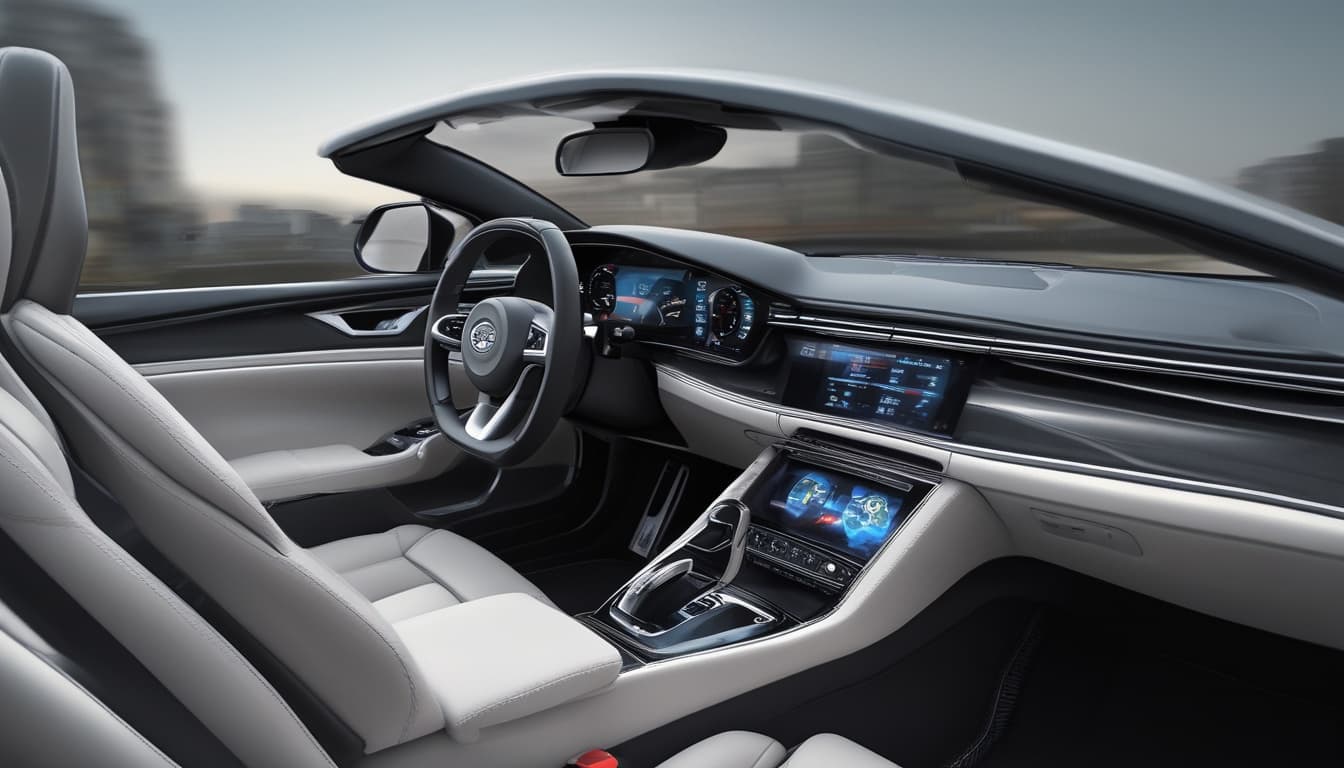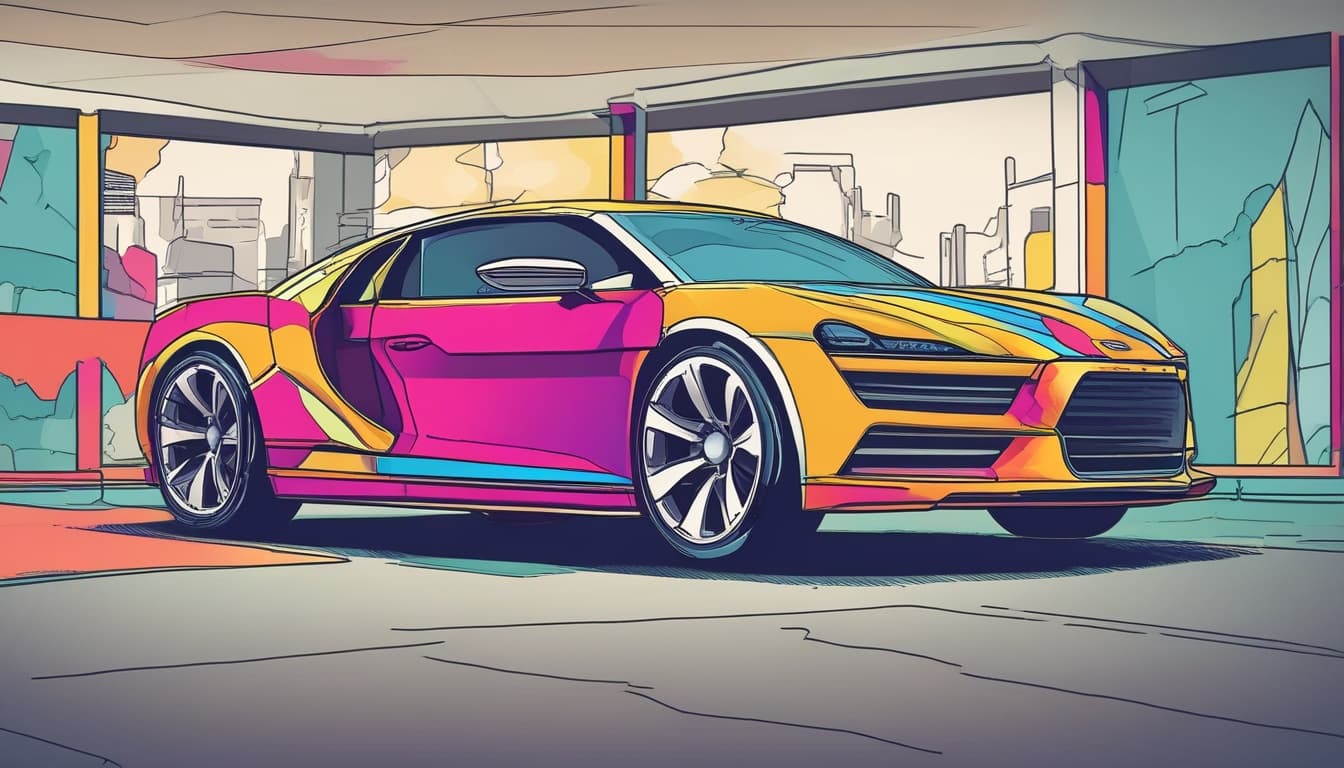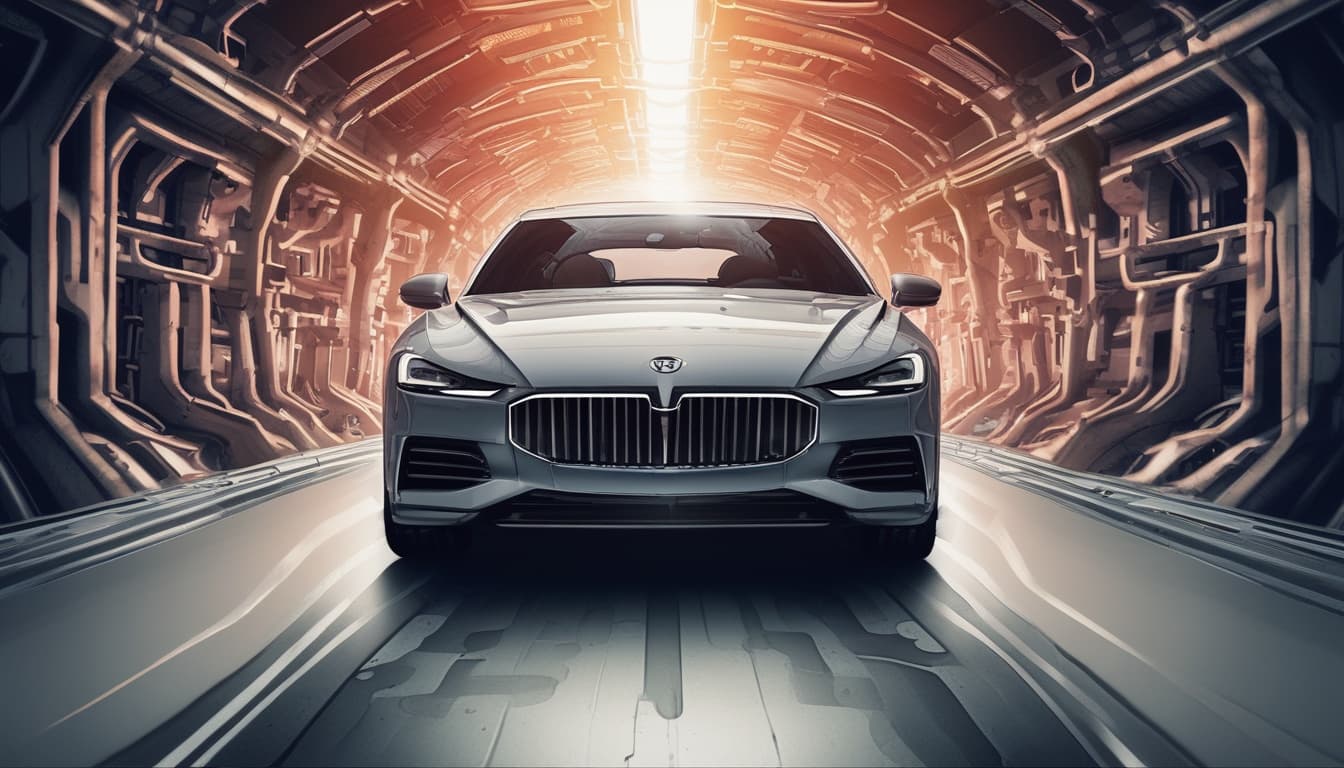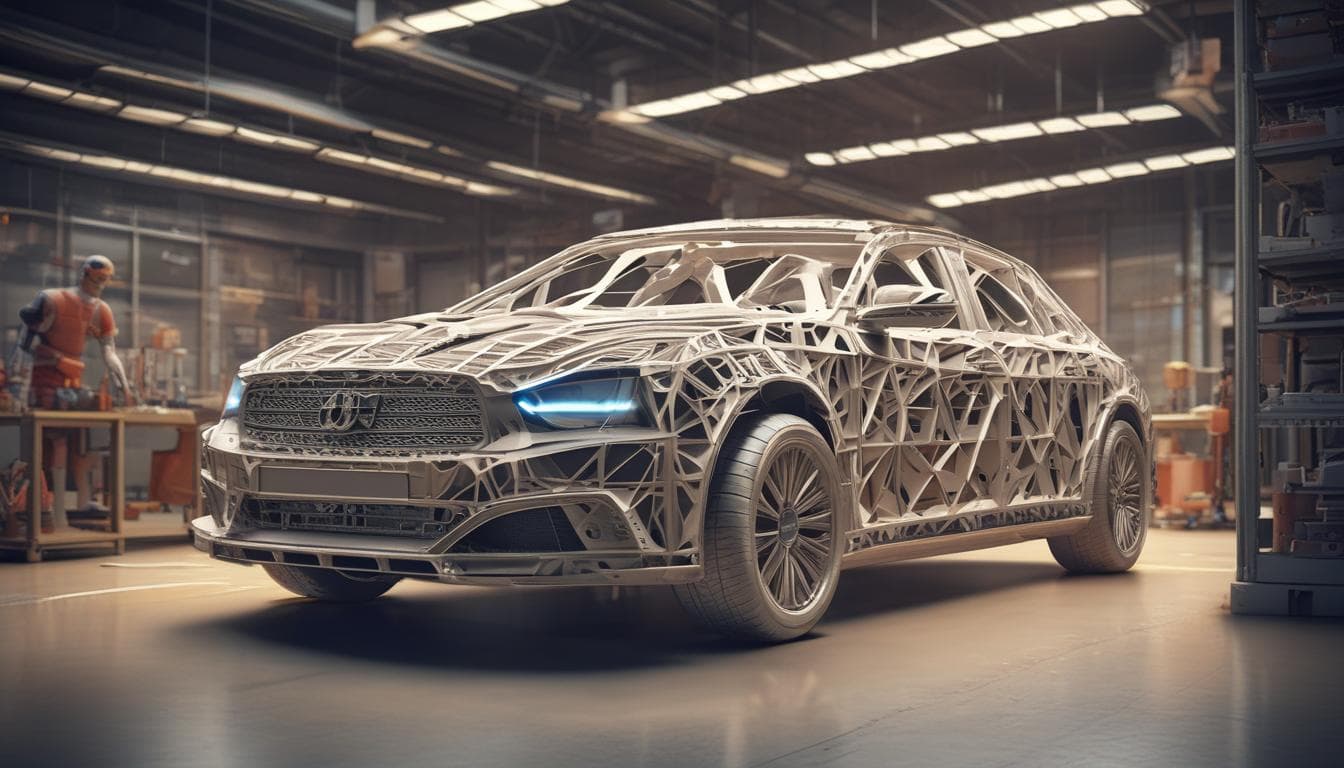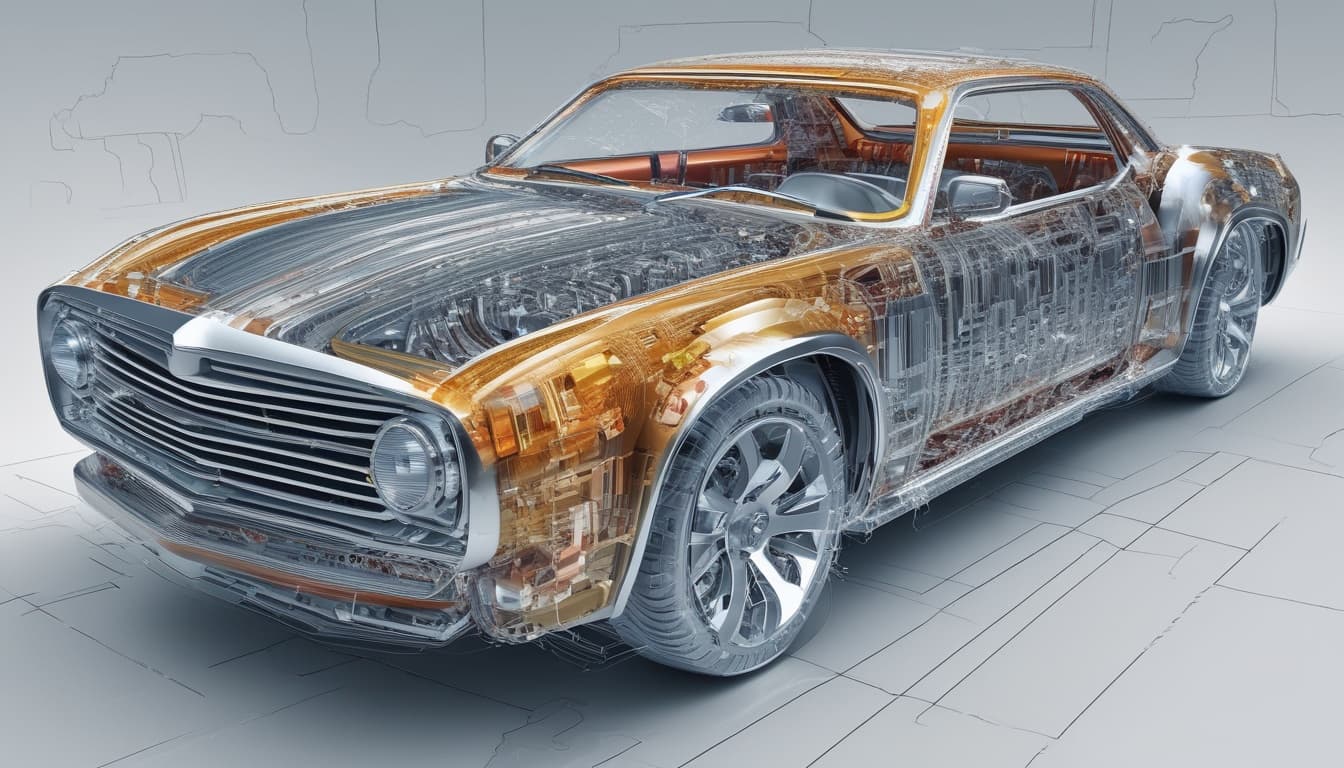The way we interact with our vehicles is undergoing a profound transformation. For decades, the automotive cockpit was a realm of physical knobs, dials, and buttons. Then came the digital revolution, ushering in touchscreens and voice assistants that redefined in-car infotainment and control. While these systems offer unprecedented functionality, they also present challenges, particularly concerning driver distraction and intuitive operation. As vehicles become increasingly connected, autonomous, and feature-rich, the demand for more sophisticated, safer, and seamless Human-Machine Interfaces (HMIs) has never been greater. This article delves into the exciting evolution of automotive HMI, exploring the technologies poised to move us beyond the current paradigms and into an era of truly intuitive and immersive driver-vehicle interaction.
The Evolution and Limitations of Current HMI Systems
The journey of automotive HMI is a fascinating reflection of technological progress. From the purely mechanical interfaces of early automobiles to the complex digital ecosystems of modern cars, the primary goal has always been to provide drivers with control and information. However, the rapid pace of innovation has also introduced new complexities.
From Knobs and Dials to Digital Dominance
Early vehicles relied on straightforward mechanical controls: steering wheels, pedals, gear shifters, and an assortment of physical buttons and switches for functions like lights, wipers, and climate control. These interfaces were tactile and often provided unambiguous feedback. The advent of digital technology began to change this landscape, first with simple digital displays for speedometers and odometers, then evolving into more complex trip computers and basic infotainment screens. The real shift occurred with the widespread adoption of resistive and later capacitive touchscreens, driven by the smartphone revolution. These screens offered unparalleled flexibility, allowing manufacturers to consolidate numerous controls into a single, reconfigurable interface and display vast amounts of information. Simultaneously, voice control systems emerged, promising hands-free operation. Early voice systems were often clunky and unreliable, but advancements in natural language processing have made them significantly more capable, though still imperfect.
Key Challenges with Today's Interfaces
Despite their sophistication, current HMI systems, dominated by touchscreens and voice commands, face several key challenges. Perhaps the most significant is driver distraction. Navigating complex menus on a touchscreen often requires drivers to divert their gaze from the road, increasing the risk of accidents. The lack of tactile feedback on smooth glass surfaces means drivers often need visual confirmation for inputs. While voice control aims to mitigate this, it can also be distracting if commands are misunderstood or require multiple attempts. Information overload is another concern; modern cars present a deluge of data, and poorly designed interfaces can overwhelm drivers rather than empower them. Furthermore, many current systems lack true intuitive interaction for complex tasks, sometimes burying essential functions deep within menus. The prevalent one-size-fits-all approach to HMI design often fails to cater to individual driver preferences or adapt to varying driving contexts, highlighting a growing need for more personalized and adaptive solutions.
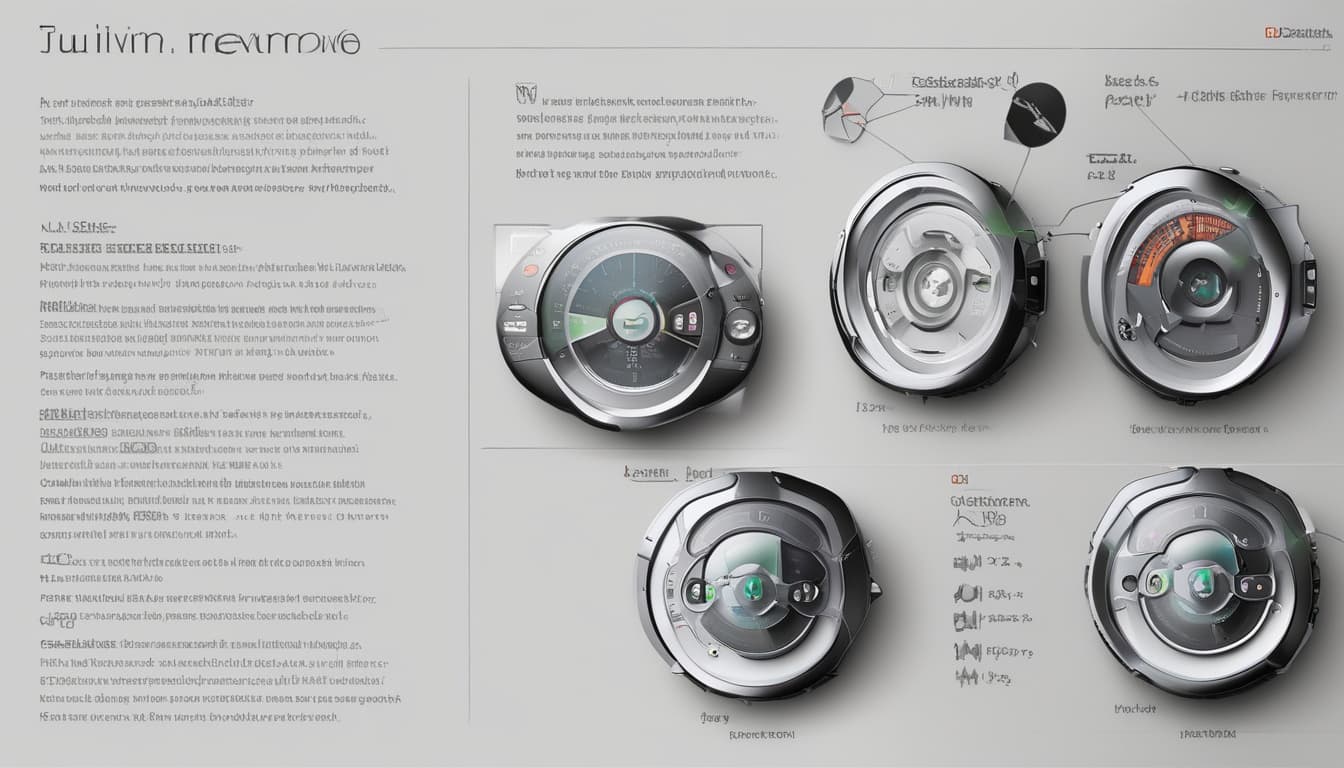
Emerging HMI Technologies: A Glimpse into the Future Cockpit
The limitations of current systems are paving the way for a new generation of HMI technologies. These innovations aim to make interactions more natural, intuitive, and less distracting, often by engaging multiple senses or leveraging entirely new modalities.
Advanced Gesture Control: Intuitive Interactions Without Touch
Gesture control systems allow drivers and passengers to interact with vehicle functions using hand movements, without needing to physically touch a screen or button. These systems typically use cameras (often infrared for low-light conditions), radar, or capacitive proximity sensors to detect and interpret predefined gestures. For example, a swipe of the hand might change a music track, a twirl of a finger could adjust audio volume, or a pointing gesture could select an option on a display. The primary benefit is the potential to reduce the need for drivers to look away from the road or precisely target a small icon on a screen. This can lead to quicker interactions and reduced cognitive load. However, challenges remain in ensuring high accuracy, preventing unintentional activations from normal hand movements, and standardizing gestures to minimize the learning curve for users across different vehicle brands.
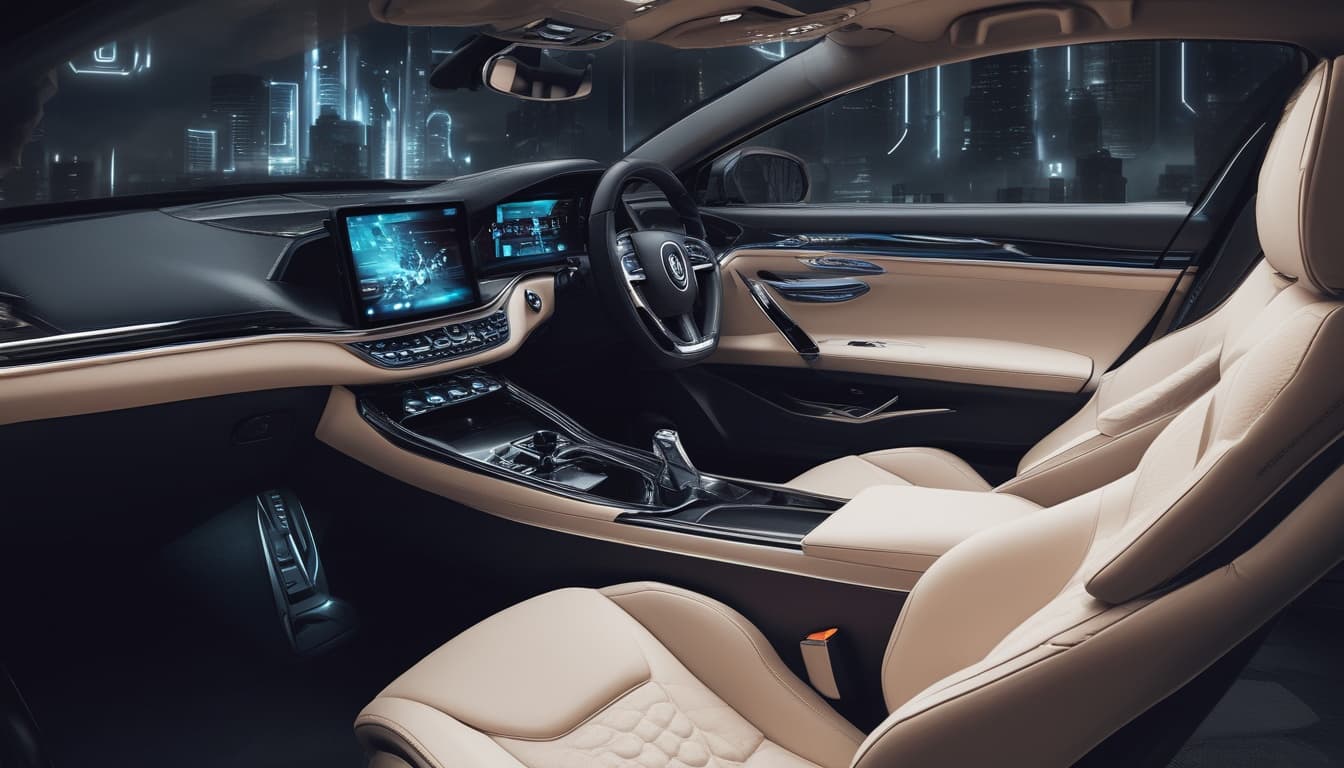
Haptic Feedback: Reintroducing the Sense of Touch
One of the main drawbacks of touchscreens is the absence of tactile feedback. Haptic technology aims to reintroduce the sense of touch to digital interfaces. This can range from simple vibrotactile feedback, where the screen or a control surface vibrates to confirm an input, to more advanced force feedback or surface haptics that can simulate the feel of physical buttons, textures, or even guide a user's finger. Applications are diverse: confirming selections on a touchscreen, providing subtle alerts through the steering wheel or seat (e.g., lane departure warnings), or creating virtual buttons that 'click' when pressed. By providing this tactile confirmation, haptics can reduce the need for visual verification, allowing drivers to keep their eyes on the road more. Effective integration of haptics with visual and auditory feedback can create a more immersive and confident user experience.
Augmented Reality (AR) Windshields and Head-Up Displays (HUDs)
Augmented Reality is set to revolutionize how information is presented to the driver by overlaying digital information directly onto their view of the real world. Advanced Head-Up Displays (HUDs) can project critical data like speed, navigation instructions, and warning symbols onto the lower portion of the windshield, appearing to float in front of the car. The next evolution involves AR windshields that can turn the entire glass surface into an interactive display. Imagine navigation arrows appearing directly on the road ahead, highlighting the correct lane to take, or potential hazards like pedestrians or cyclists being visually flagged in real-time. This technology promises to significantly enhance situational awareness and reduce the need for drivers to glance down at a separate screen. The development of such systems is closely tied to broader advancements in how Extended Reality (XR) is transforming the automotive industry, encompassing virtual and mixed reality applications as well. Technical hurdles include ensuring display brightness and clarity in all lighting conditions, achieving a wide field of view, precise registration of AR elements with the real world, and managing the potential for information clutter.

Brain-Computer Interfaces (BCIs): The Ultimate Connection?
Perhaps the most futuristic HMI concept is the Brain-Computer Interface (BCI). BCIs aim to establish a direct communication pathway between the human brain and a vehicle's systems, potentially allowing for control or interaction via thought. While still largely in the research and development phase, particularly for complex control tasks, BCIs show promise in specific areas. For instance, they could be used to monitor a driver's cognitive state, detecting fatigue, distraction, or stress levels by analyzing brainwave patterns, much like in-vehicle health and wellness monitoring systems aim to enhance occupant safety. This information could then be used to trigger alerts or adjust vehicle systems proactively. In the long term, BCIs might offer new avenues for vehicle control, especially for individuals with physical disabilities. However, the ethical, practical, and technological hurdles for widespread, reliable BCI adoption in consumer vehicles are immense, requiring significant breakthroughs in sensor technology, signal processing, and our understanding of the brain.
The Role of AI and Sensory Fusion in Advanced HMI
Artificial Intelligence (AI) and the fusion of data from various sensors are critical enablers for the next generation of automotive HMI. These technologies allow interfaces to become smarter, more adaptive, and more attuned to the driver and the driving environment.
AI-Powered Personalization and Context Awareness
Machine learning algorithms are at the heart of creating truly personalized HMI experiences. By learning a driver's habits, preferences, and even emotional states over time, AI can tailor the interface to individual needs. This could mean automatically setting preferred climate controls, suggesting frequent navigation destinations, or prioritizing information display based on learned importance. Context awareness takes this further, enabling the HMI to adapt dynamically to the current driving situation. For instance, the interface might simplify during complex traffic maneuvers, provide more detailed information during highway cruising, or adjust based on weather conditions or time of day. This level of intelligence is fundamental to crafting hyper-personalized in-car experiences using AI and big data, making the vehicle feel like an intuitive partner rather than just a machine. The broader impact of the AI revolution is already reshaping various aspects of the automotive sector, and HMI is a key beneficiary of these advancements.
Integrating In-Cabin Sensing for Proactive HMI
Advanced HMI systems will increasingly rely on data from a suite of in-cabin sensors. Cameras monitoring driver gaze and head position can detect distraction or drowsiness. Biometric sensors can track heart rate or stress levels. Microphones can analyze speech patterns for signs of fatigue or frustration. By fusing data from these various sources, the HMI can gain a comprehensive understanding of the driver's state. This allows for proactive interventions: if fatigue is detected, the system might suggest a break or increase cabin ventilation. If the driver appears stressed, the interface could simplify, or a calming ambiance might be initiated. This deep integration is pivotal, as in-cabin sensing is redefining automotive safety and the user experience by enabling the HMI to respond not just to direct commands, but also to the implicit needs and conditions of the occupants. This seamless interaction between sensors, AI, and the interface itself is key to creating a truly intelligent and responsive cockpit environment.
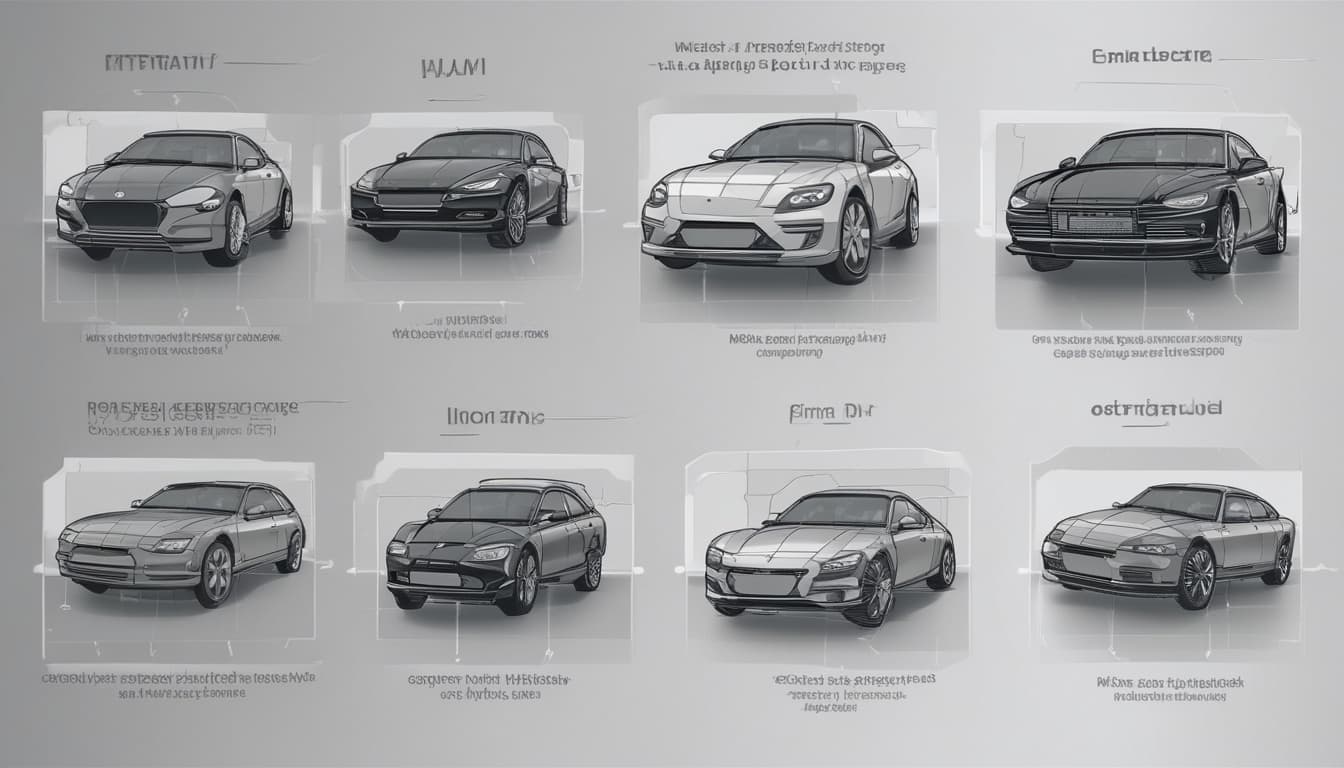
Challenges and Considerations for Next-Generation HMI
While the future of automotive HMI is exciting, its development and deployment are not without significant challenges and important considerations that must be addressed to ensure these technologies are beneficial and safe.
Ensuring Safety and Minimizing Distraction
The foremost priority in HMI design must always be safety. New interaction modalities, however innovative, must not inadvertently increase driver distraction or cognitive load. Rigorous human factors testing and validation are essential for any new HMI concept before it reaches production vehicles. This includes assessing how drivers interact with the system in various driving scenarios and under different levels of stress. The interaction with advanced driver-assistance systems (ADAS) also demands careful HMI design to ensure clear communication of system status and smooth transitions of control. There's also an ongoing debate about standardization versus differentiation: while unique HMI features can be a brand differentiator, some level of standardization for critical functions might enhance safety and usability, especially for drivers switching between different vehicles.
Data Privacy and Security in Connected HMI Systems
Advanced HMI systems, particularly those powered by AI and leveraging in-cabin sensing, will collect and process vast amounts of data about the driver, passengers, and their behavior. This data can include driving habits, location history, voice recordings, biometric information, and even inferred emotional states. Protecting this sensitive information from unauthorized access and misuse is paramount. Robust cybersecurity measures must be integrated into HMI systems from the design phase. Furthermore, manufacturers need to be transparent with users about what data is being collected, how it is being used, and provide clear options for consent and control over their personal information. Building trust through strong privacy practices will be crucial for the acceptance of these advanced systems.
Accessibility, Inclusivity, and User Acceptance
Future HMI systems must be designed with accessibility and inclusivity in mind, catering to the needs of all users, including older adults and individuals with disabilities. This means considering different sensory modalities, motor skills, and cognitive abilities. For example, voice control and gesture recognition can be beneficial for users with limited mobility, while clear visual displays and haptic feedback can aid those with hearing impairments. The learning curve for new interaction paradigms is another important factor; interfaces should be intuitive and easy to learn, avoiding unnecessary complexity. Finally, the cost implications of these advanced technologies must be considered. While cutting-edge HMI features might initially appear in luxury vehicles, efforts should be made to make them accessible across a wider range of vehicle segments to ensure broad benefits.
Conclusion: The Dawn of Intuitive and Immersive Automotive Interaction
The automotive Human-Machine Interface is rapidly evolving from a simple set of controls into a sophisticated, intelligent, and multi-modal ecosystem. We are moving beyond the limitations of current touchscreens and voice commands towards a future where gesture control, advanced haptics, augmented reality displays, and AI-driven personalization will create a more seamless, intuitive, and safer connection between the driver and the vehicle. These advancements promise not only to enhance convenience and driving pleasure but also to play a crucial role in supporting the transition towards higher levels of vehicle automation. The road ahead will see HMI systems become deeply integrated, adaptive companions that understand and anticipate driver needs, transforming the cockpit into a truly intelligent and responsive space. The ultimate goal is an interface that feels less like a system to be operated and more like a natural extension of the driver themselves.
What HMI innovations are you most excited about, and how do you envision the future of in-car interaction? Join the discussion on Fagaf to share your thoughts and insights with the automotive community!
